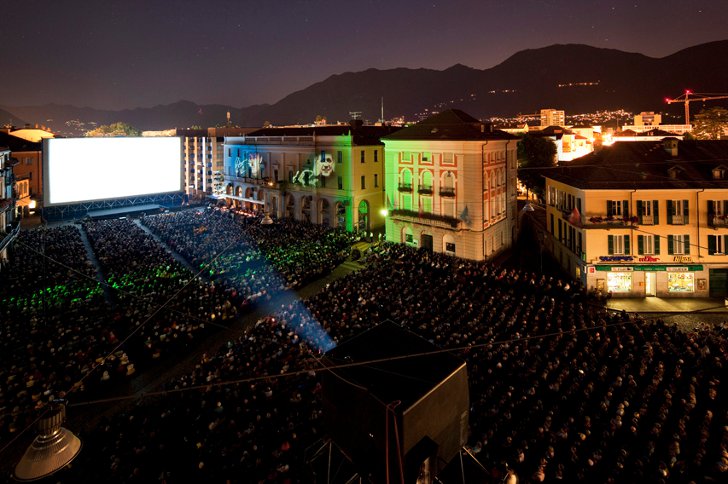The inaugural Locarno Film Festival opened on August 23, 1946. It was originally indented to be held in Lugano, another city located in the Italian-speaking canton of Ticino. However, the plan included transforming the local park into an outdoor cinema. The citizens of Lugano were against it, so the organizers decided to relocate the event to Locarno.
The first edition of the festival was organized in less than free months. The line-up consisted of 15 films, mainly American and Italian. The opening movie was Giacomo Gentilomo’s O sole mio. The inaugural Locarno Festival also screened films by Roberto Rosselini (Rome, Open City), René Clair (And Then There Were None), Billy Wilder (Double Indemnity), and Henry King (The Song of Bernadette).
Over the years, the Locarno Film Festival has presented works by many international filmmakers such as Kim Ki-Duk, Claire Denis, Fatih Akin, Jim Jarmusch, Atom Egoyan, Alexandr Sokurov, Miloš Forman, Paul Verhoeven, Stanley Kubrick, and many others. However, the festival doesn’t focus solely on established filmmakers. On the contrary, it strives to discover new trends and support emerging talent.
The main award of the Locarno Festival in the Golden Leopard (Pardo d’oro). It is presented to the best film in the international competition and is shared equally between the director and the producer. Other awards in the international competition include the Special Jury Prize, the Best Direction Award, the Best Actress Award, and the Best Actor Award. Besides, the festival hosts two more film competitions, Filmmakers of the Present and Leopards of Tomorrow, and presents a number of special awards.
Alongside its three competitions, the Locarno International Film Festival hosts a number of non-competitive film sections. They include Fuori concorso (world and international premieres of films by established filmmakers), Signs of Life, Histoire(s) du cinéma, Open Doors, I film delle giurie (films featuring or made by members of the festival juries), Retrospective, Panorama, and others.
The heart of the festival is the Piazza Grande. With a giant screen and capacity of 8,000 viewers, it is one of world’s biggest open-air venues. The programming on the Piazza Grande offers the most anticipated European, international and world premieres, introduced by the director and the cast. Other venues include Auditorium FEVI, La Sala, L’altra Sala, Cinema Ex*Rex, Teatro Kursaal, Cinema Rialto, and PalaVideo.

Photo: Festival del film Locarno




